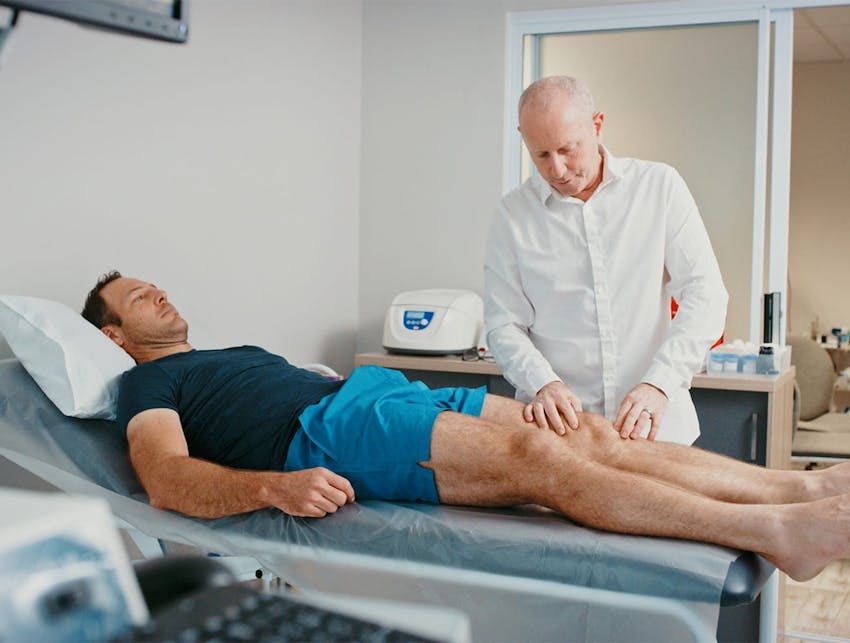Read about knee injuries, pain, and the advanced solutions offered at New York Sports & Joints.

ACL Reconstruction
Regain knee strength and stability with advanced ACL reconstruction at New York Sports & Joints.

Cartilage Defects
Advanced treatments for cartilage defects to restore mobility and comfort.

Custom Fit Total Knee Replacement
Experience optimal comfort and mobility with custom-fit total knee replacement surgery.

Distal Realignment Procedures
Regain stability and function with distal realignment procedures, expertly tailored to correct knee alignment and alleviate discomfort.

Knee Arthroplasty
Knee arthroplasty offers a path to lasting pain relief and improved knee function.

Knee Arthroscopy
Knee arthroscopy is a minimally invasive surgical procedure that allows doctors to view and treat the interior of your knee joint with ultimate precision.

Meniscal Repair vs Debridement
Explore the path to full knee recovery by understanding the differences between meniscal repair and debridement at New York Sports & Joints.

Partial Knee Replacement
Partial knee replacement is a less invasive alternative to total knee replacement, targeting only the damaged part of the knee.

Total Knee Replacement
Total knee replacement (TKR), or total knee arthroplasty, is a surgical procedure to treat patients suffering from severe knee pain and lack of mobility due to knee damage.

Knee Anatomy and Function
Learn about the knee, a complex physical structure made up of bones, ligaments, tendons, and cartilage, and how it can be damaged.




